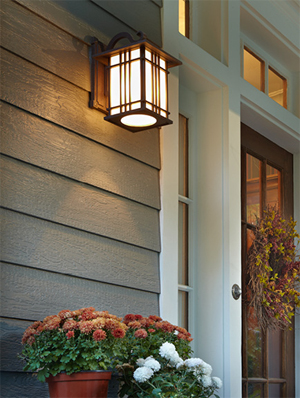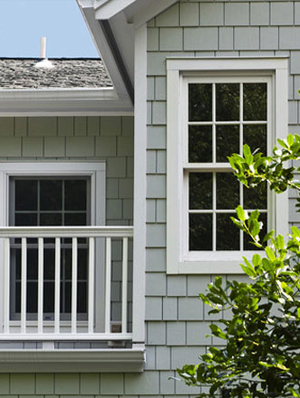
29 Jun Comparing Engineered Wood and Vinyl Siding
When designing your dream home, the biggest decision to make on the exterior is what material you want to side the house with – Engineered (or composite) Wood or Vinyl. Today we want to discuss some of the pros and cons of each in order to help you make the right choice for your home.

Building Specialist
Engineered Wood Siding
In case you don’t know, engineered wood is not simply using random cuts of lumber. It’s actually a green process in which the wood is repurposed and treated specifically for a job like siding a house. It is a premium product that doesn’t just guarantee all of the pieces are the same, but the pieces are treated with a resin that has mildew and bug inhibitors – be gone pesky termites! Composite siding is extremely durable. It has less of a tendency to warp over time and it is much more airtight to prevent rain and wind from leaking in. As with most projects, siding your home with wood looks amazing. It has that rich, natural appeal. It is also easier to change the color in 10 years when you feel like you’re ready for something new – simply repaint!
There are a couple of the drawbacks as well, but they are generally associated with the premium nature of the product. First, the cost is higher. Second, the material is relatively more difficult to access and use. We aren’t saying the difference is unfathomable, but it could be a factor to weigh. Of course, as we said, engineered wood is more durable and permanent so it’s worth the upfront investment of money and time to install if it’s your forever home.



Vinyl Siding
Vinyl Siding is certainly a common building material. Since it can be mass produced, the price is typically lower and the pieces are designed to be easy to use. Each piece of vinyl siding locks right into another and there are usually indicator marks for where to screw and connect the pieces, meaning the siding goes up incredibly fast.
Vinyl is effectively durable in it’s own right, but it won’t stand up quite as well in harsh weather. Hail can easily dent and damage the siding. It also is less airtight. However, most vinyl siding will be designed to drain any rain that manages to get in behind it. When it comes to color, you can order the initial siding in any color or style you prefer. On the other hand, if you feel like switching things up in 5-10 years, it’ll require residing the whole house.
Things to Watch Out For
In either case make sure that the siding is installed properly according to the manufacturer’s guidelines. This will ensure longer lasting quality. Also, be conscious of how close the bottom of the siding comes to the ground (check for a minimum recommendation on a warranty) or you may be exposing your siding to unnecessary moisture, which will wear it down faster over time. Along those same lines, be sure to clear away wet leaves as they pile up against your house in the fall.

